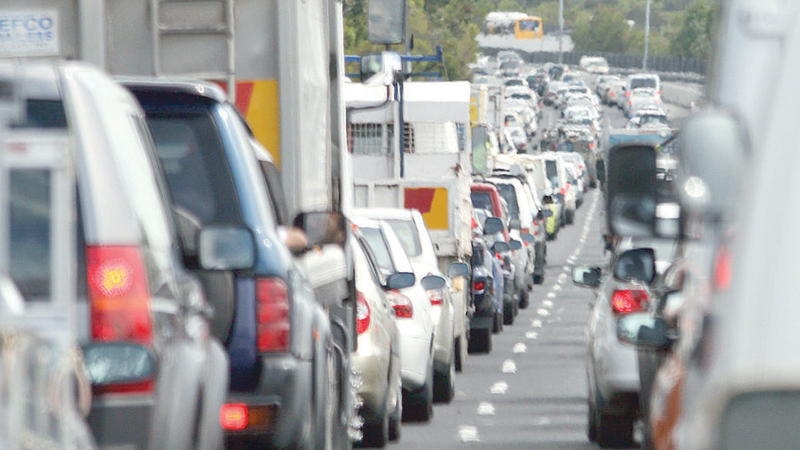

Researchers at Sultan Qaboos University are working on the prototype of a novel system that monitors traffic for any congestion or tailbacks and advises motorists to opt for diversions or alternative routes to their destination.
The project, supported by The Research Council (TRC), has been spurred by rising traffic congestion trends witnessed in parts of Muscat Governorate, particularly during peak hours, according to a key member of the research team.
Dr Mohammed Sarrab of SQU’s Communication and Information Research Centre (CIRC) told a forum organised by The Research Council recently that the study, titled ‘Smart City Real Time Feedback for Adaptive Traffic Signals’, is primarily targeted at the large majority of motorists who commute without the aid of GPS and other navigation devices.
“We are trying to make motorists aware of traffic conditions on the routes they take, and to consider alternative routes if they are likely to get caught in traffic jams. The objective of this project is to provide real time traffic updates via message display units installed at key intersections that will alert motorists of congestion (or other traffic holdups) before they enter that particular street,” he said.
The project centres on the use of magnetic sensors at both ends of a street, which will tally the number of vehicles entering and exiting the stretch, as well as measure the physical length of each vehicle. Software built into the sensors then computes the number of vehicles and their total length, and weighs this figure against the actual length of the street to make a determination on congestion levels on their particular stretch. Display signs installed at key intersections will alert motorists to a logjam looming ahead and suggest diversions or alternative routes to help drivers get to specific destinations.
A fully developed prototype envisions a central traffic management control facility manned by an administrator who can operate the roadside message display units. When approved and deployed, the system can also assist traffic authorities in the management of traffic during, for example, the passage of VVIP motorcades, accidents that result in traffic buildups, or other contingencies, he said.
Significantly, SQU – a city in its own right with a sizable population of students, faculty and support staff – currently serves as a platform for the project study, said Dr Sarrab. An academic paper on the project has already been published, while the prototype is currently in the final stages of development, he added.
Oman Observer is now on the WhatsApp channel. Click here



